
- (03) 5909 8218
- enquiry@fusionweld.com.au
Blog 2016
Dump Condenser Tube: Definition and Applications
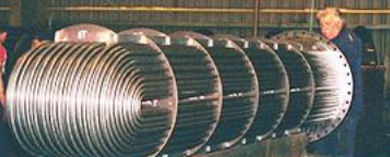
What is a Hydrocracking Unit?
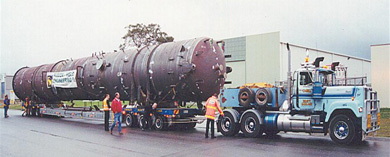
Pressure Vessel External Pressure Calculations and Capacity
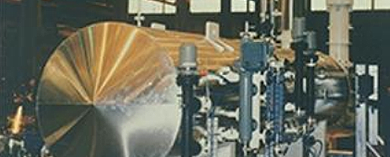
The Importance of in Service Inspections for Pressurised Vessels
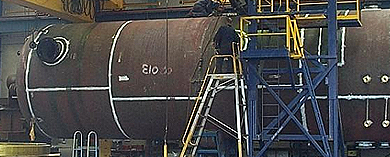
Underground Gas Storage: Efficiency and Quality Requirements
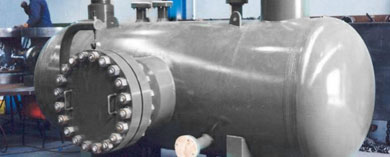
What is Shell & Tube Heat Exchanger?
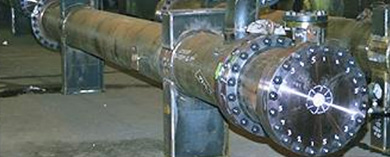
Common Stress Problems in Thin Walled Pressure Vessels
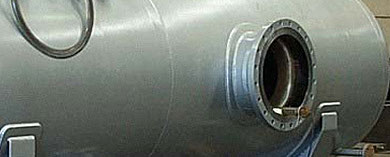
Standards of Pressure Piping System
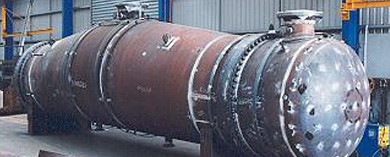
Functions of Helixchangers in Pressure Equipment
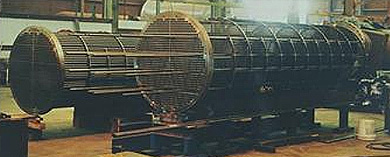
Australian Standards and Regulations for Pressure Vessels

Qualities of a Good Carbon Dioxide Storage Tank
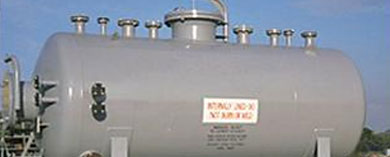
Stresses of Thin Walled Pressure Vessels
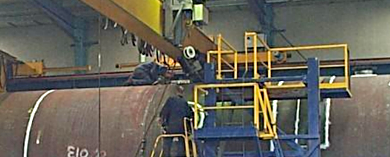
Effects of Elevated Temperature in Pressure Vessels
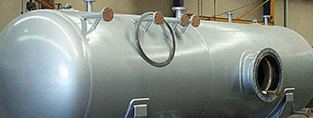
Safety Engineering in Relation to Pressure Vessel Manufacturing
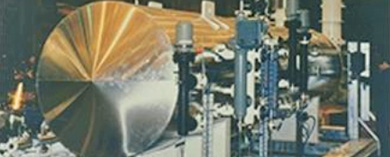
Stress and Strain Analysis on Circular Cylinders for Pressure Vessels
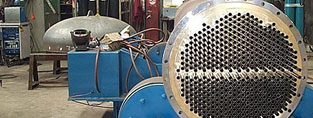
Effective Parameters on Optimum Pressure Vessel Design
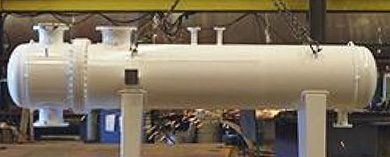
Computer Aided Design of Pressure Vessels
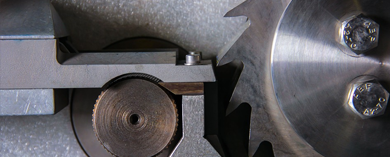
Pressure Vessel Design and How It Affects Accuracy in Performance

Pressure Equipment Integrity and Safety: Why is This Important?
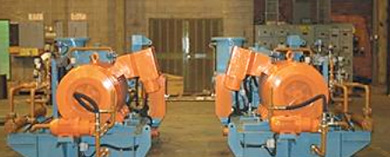
Good Qualities and Attributes of a Pressure Equipment Fabricator
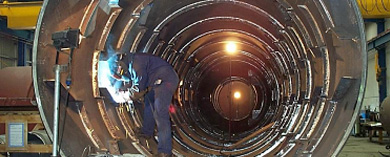
Skid Mounted Compressors: Definition and Uses
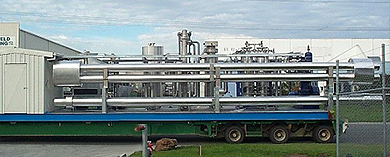
The Importance of Preventive Maintenance for The Pressure Piping System
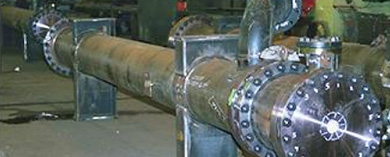
Different Types of Fuel Storage Systems
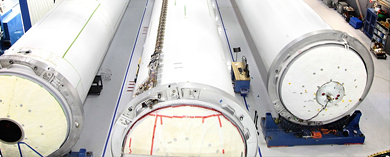
Pressure Equipment Hazard Levels
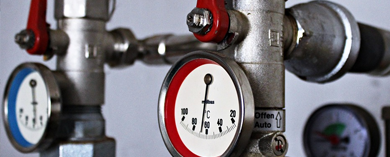
Recent Posts
- Compressed Hydrogen Storage Vessels: Material Selection, Design & Australian Standards
- Welding QA/QC in Oil & Gas Pressure Vessel Fabrication – Ensuring Code Compliance
- AS1210 vs ASME VIII Pressure Vessel Code: Key Differences for Australian Projects
- Mitigating Hydrogen-Induced Cracking in Pressure Vessels: Engineering and Material Strategies
- Storage Tank Solutions Australia: Field-Erected, Prefabricated & Self-Bunded Explained
- Reducing Environmental Risks: Self-Bunded Tanks in Australian Oil & Gas Operations
- Precision in Production: How Pressure Vessels Are Manufactured for Industrial Safety
- Shell & Tube Heat Exchangers: Improve Thermal Control & Energy Recovery in Petrochemical & Pharmaceutical Plants
- In-Service Inspection for Compressed Air Receivers for Power Plant Shutdown Prevention
- Power Plant Pipe Spooling Fabrication – Get Rapid, Code-Compliant Spools Ready for Installation
- Field Erected Tanks: Safe, Reliable On-Site Fuel Storage Solutions in Australia
- Custom Pressure Vessel Fabrication for Flammable Gases
Posts 2025
- Compressed Hydrogen Storage Vessels: Material Selection, Design & Australian Standards
- Welding QA/QC in Oil & Gas Pressure Vessel Fabrication – Ensuring Code Compliance
- View all articles…
Posts 2024
- Large Process Vessels: Optimising the Design for Maximum Efficiency [2025]
- Pressure Equipment Management System Installation: Detect Equipment Faults Early
- View all articles…
Posts 2023
- Pressure Piping System Inspection: A Gift of Safety for the Holidays
- Deaerator Inspections by Fusion-Weld Engineering and How They Reduce System Downtime
- View all articles…
Posts 2022
- How Fusion Weld Keeps Up With AS-NZS ISO 9001:2008 Standard
- Boiler Equipment Safety Inspection During the Summer Season
- View all articles…
Posts 2021
- Avoid These Factors and Practices that Contribute to Sealing Damage in Pressure Vessels
- Do's And Don'ts Of Industrial Boiler Inspection And Maintenance From Fusion-Weld
- View all articles…
Posts 2020
- What are the Risks and Hazards Involved in Pressure Vessel Equipment?
- How to Know if Your Pressure Equipment Needs Repair or Replacement?
- View all articles…
Posts 2019
- Factors that Contribute to Pressure Vessel Failure
- Pressure Vessel Regulations in Australia: What are the Mandatory Requirements?
- View all articles…
Posts 2018
- Pros and Cons of Spherical vs. Cylindrical Pressure Vessels
- What are the Different Hazard Levels in Pressure Vessels?
- View all articles…
Posts 2017
- Transportable Pressure Vessels: The Importance of Inspection and Safety Checks
- Fracture Mechanics and Stress Analysis of Cracks in Pressure Vessels
- View all articles…
Posts 2016
Posts 2015
- What Are Deaerators & Feedwater Vessels?
- Precautions and Safety for Compressed Air Receiver Vessels
- View all articles…
Posts 2014
- Demonstrating In-process Inspection Procedures
- Static Grounding Practices and Standards
- View all articles…